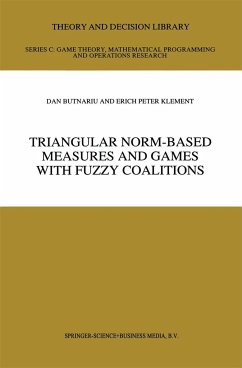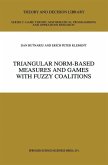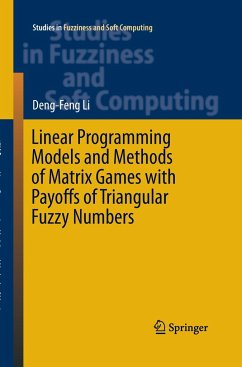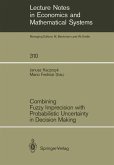This book aims to present, in a unified approach, a series of mathematical results con cerning triangular norm-based measures and a class of cooperative games with Juzzy coalitions. Our approach intends to emphasize that triangular norm-based measures are powerful tools in exploring the coalitional behaviour in 'such games. They not and simplify some technical aspects of the already classical axiomatic the only unify ory of Aumann-Shapley values, but also provide new perspectives and insights into these results. Moreover, this machinery allows us to obtain, in the game theoretical context, new and heuristically meaningful information, which has a significant impact on balancedness and equilibria analysis in a cooperative environment. From a formal point of view, triangular norm-based measures are valuations on subsets of a unit cube [0, 1]X which preserve dual binary operations induced by trian gular norms on the unit interval [0, 1]. Triangular norms (and their dual conorms) arealgebraic operations on [0,1] which were suggested by MENGER [1942] and which proved to be useful in the theory of probabilistic metric spaces (see also [WALD 1943]). The idea of a triangular norm-based measure was implicitly used under various names: vector integrals [DVORETZKY, WALD & WOLFOWITZ 1951], prob abilities oj Juzzy events [ZADEH 1968], and measures on ideal sets [AUMANN & SHAPLEY 1974, p. 152].








